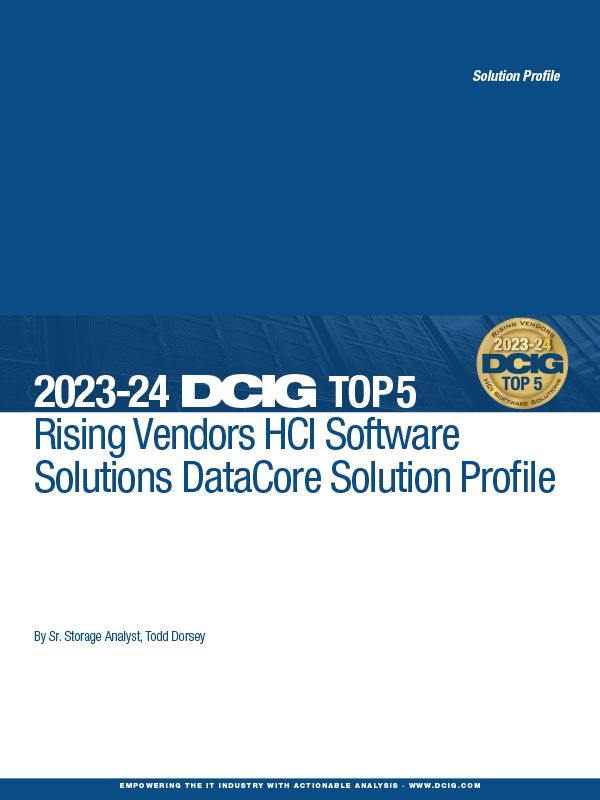
Ensuring Continuous Operations for Zuegg with Reliable Hyperconverged Infrastructure Solution



Get the latest articles, events, and product updates from the authority on software-defined storage, delivered directly to your inbox.
Subscribe
